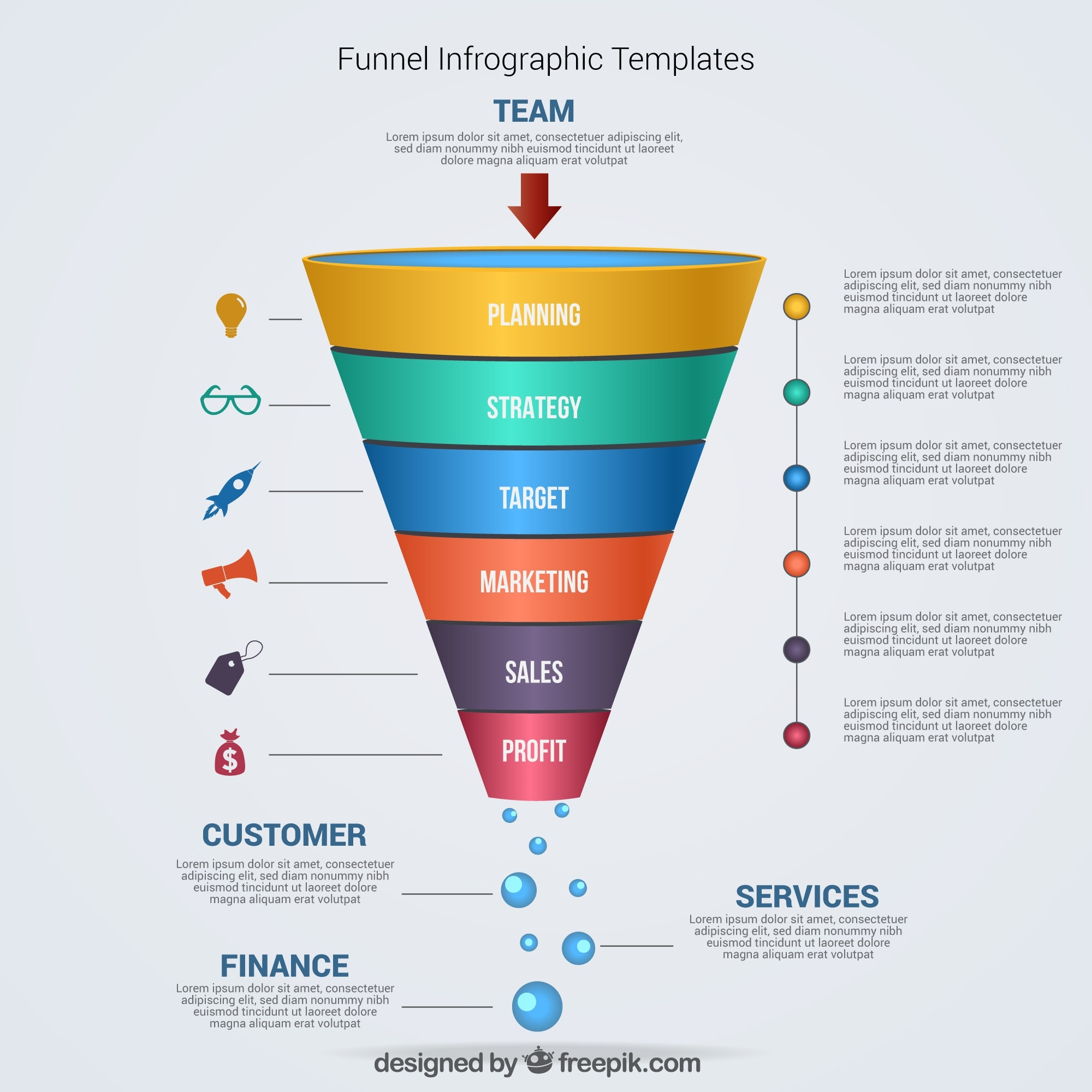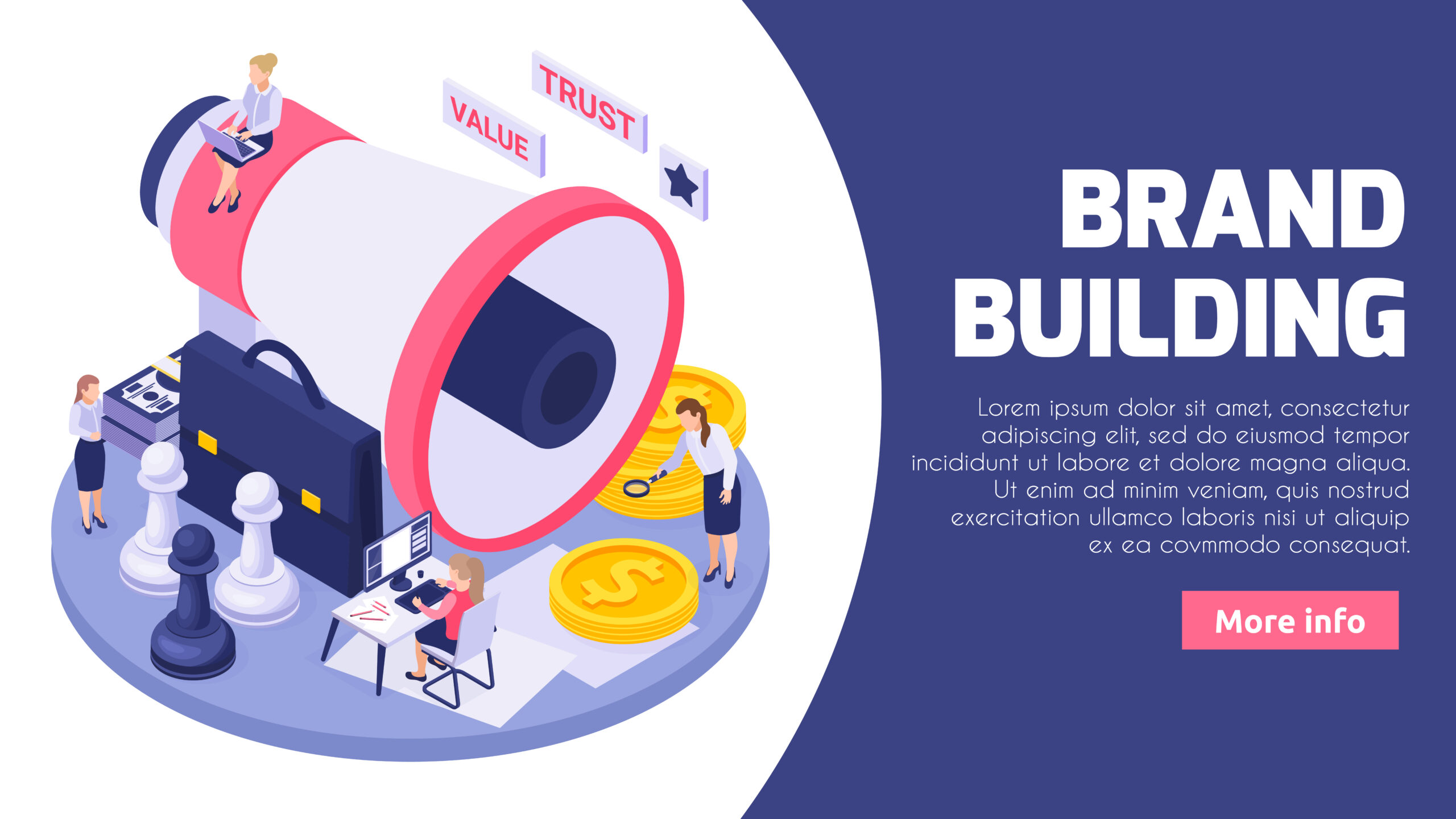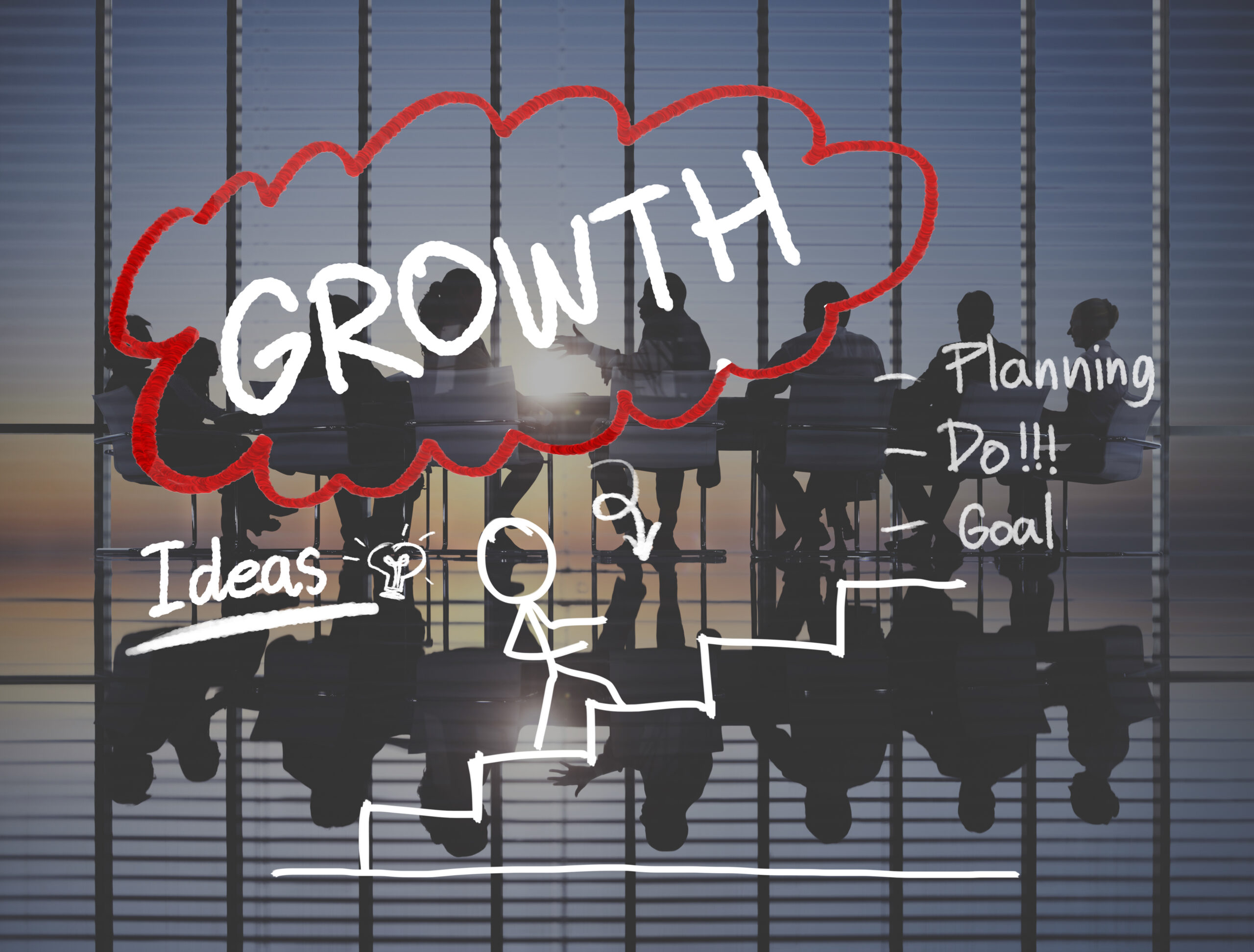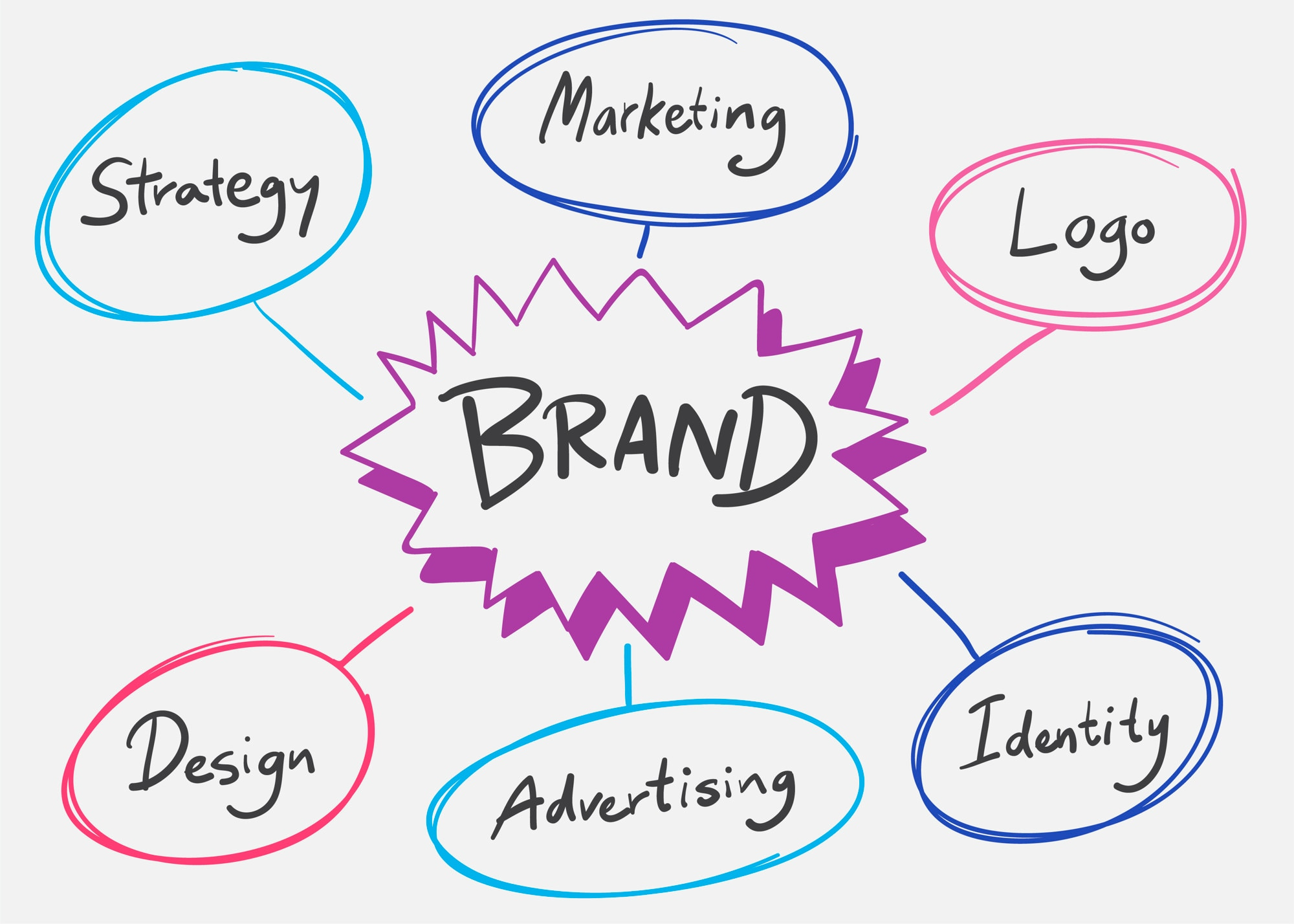Introduction
In the modern digital landscape, businesses often hear about the marketing funnel vs sales funnel—but many still confuse the two. While both funnels are essential to converting prospects into customers, they serve different purposes and operate at different stages of the customer journey. Understanding how they interact and differ is crucial for building a seamless experience from first contact to final purchase.
In this article, we’ll explore the distinction between the marketing and sales funnels, how they connect, and why aligning them is vital for successful lead generation, nurturing, and conversion.
What is a Marketing Funnel?
The marketing funnel represents the stages a potential customer goes through before interacting with a sales team. It’s designed to attract, educate, and nurture leads using various tactics and marketing strategy tools. This funnel typically includes:
- Top of Funnel (TOFU): Awareness and interest-building (e.g., blogs, social media, SEO)
- Middle of Funnel (MOFU): Engagement and lead nurturing (e.g., emails, webinars, whitepapers)
- Bottom of Funnel (BOFU): Lead qualification and hand-off to sales
The focus here is on brand visibility and building trust—before a direct sales pitch is ever made. A well-crafted marketing planning process ensures the right message reaches the right audience at each stage.
🔗 Related: Marketing Planning Process
What is a Sales Funnel?
The sales funnel, on the other hand, begins where the marketing funnel ends. It’s the process the sales team uses to turn a qualified lead into a paying customer. This involves personalized communication, understanding customer pain points, and closing the deal.
Key stages of a sales pipeline typically include:
- Prospecting: Identifying potential buyers
- Qualification: Ensuring leads meet criteria (budget, authority, need, timeline)
- Proposal & Negotiation: Customizing offerings and pricing
- Closing: Finalizing the deal
The conversion funnel becomes narrower here, as the focus shifts from awareness to action and commitment.
Marketing Funnel vs Sales Funnel: Core Differences
Let’s break down the core differences between the marketing funnel vs sales funnel across different parameters:
| Aspect | Marketing Funnel | Sales Funnel |
| Goal | Attract & nurture leads | Convert leads into customers |
| Ownership | Marketing team | Sales team |
| Focus | Awareness & education | Decision & action |
| Tools | Email campaigns, SEO, and content | CRM, demos, direct contact |
| Metrics | Website traffic, engagement | Conversion rate, sales volume |
Though they differ in approach, both funnels aim to move potential customers through the funnel stages efficiently.
Where the Funnels Connect
The hand-off point—where a marketing-qualified lead (MQL) becomes a sales-qualified lead (SQL)—is where the two funnels intersect. A disconnection here can cause leads to fall through the cracks. That’s why it’s important for marketing and sales teams to align their efforts using shared goals, KPIs, and data tools.
For instance, nurturing leads with high-intent content in the marketing funnel ensures that the sales funnel receives prospects who are ready to buy, thereby boosting efficiency and conversion rates.
🔗 Related: Marketing Strategy Tools
Why This Matters in the Customer Journey
The full customer journey spans both funnels—from the first touchpoint to post-purchase. A seamless transition between marketing and sales stages provides a consistent, trust-building experience. Poor coordination can confuse or frustrate prospects, leading to lost opportunities.
Understanding the dynamics between the marketing funnel and the sales funnel allows businesses to create more effective conversion funnels, build stronger relationships, and ultimately drive more revenue.
Integrated Approach: Best Practices
To get the best out of both funnels:
- Use data analytics to track behavior across the entire funnel
- Align teams through regular meetings and shared CRM systems
- Develop content tailored for each funnel stage—from TOFU awareness to sales proposals
- Automate repetitive tasks like email follow-ups to focus on strategic engagement
When the funnels are synchronized, it becomes easier to improve overall performance and scale your business effectively.
Conclusion
While the marketing funnel vs sales funnel debate often highlights their differences, the truth is—they work best when aligned. The marketing funnel creates awareness and trust, while the sales funnel turns interest into action. Together, they form a powerful system that guides prospects through the entire customer journey, from discovery to purchase. By optimizing both funnels and aligning your marketing management efforts, your business can generate more leads, close more deals, and build long-term customer relationships.








Leave a Reply